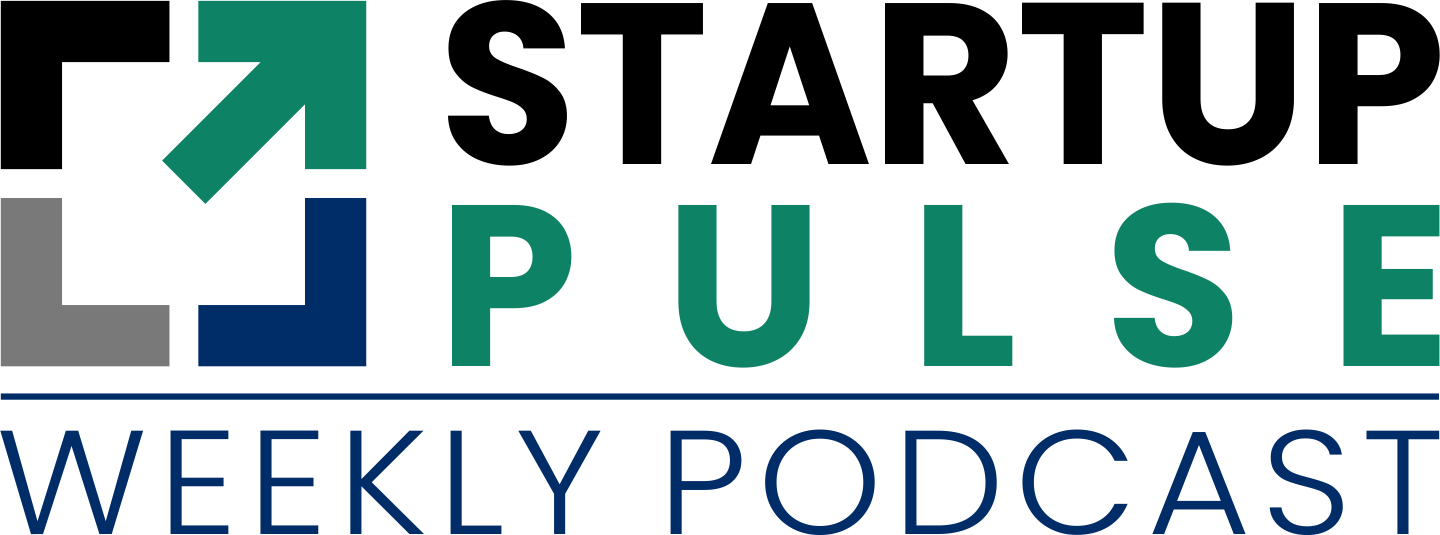In this blog post, we’ll take a look at all the relevant aspects that make a great elevator pitch.
Yesterday, we allowed startup founders to come up with their pitches and practice their elevator pitches live on our Zoom event.
The session was great as we got around 30 startup founders joining the show and practising their elevator pitches.
The Zoom session was hosted by Anshuman Sinha, an angel investor and co-founder of Startup Steroid.
“The idea is to raise your hand and start practising your elevator pitch. There’ll be a clock ticking in front of your screen to help you know how much time you’re taking to complete your pitch. Ideally, an elevator pitch should be within one minute. Once you finished presenting your elevator pitch, our experts and I will take a look at your pitch and give our honest feedback on it.” — Anshuman Sinha.
We’d Martin Sornes as the first attendee who came up with his startup pitch. He explained about his startup, Hearoll Medical INC, and also stated that he was looking for a co-founder. In addition, he also stated that he needed startup funding close to around 1 million dollars.
Our experts listened to his pitch advising him to keep practising as that’s the true way of mastering the art of elevator pitches.
Public speaking can get difficult when you’re speaking to a large audience or when your target audience includes industry people and angel investors. You have to woo them in the least possible time, using just a few words only.
Communication expert, Gagan Pal Singh Nagi, chimed in, adding, “When you are presenting your elevator pitch, try to include the personal angle to it. For example, if you’re suffering from something and want to launch a product or solution that addresses the problem, you can tell your personal story to make it more impactful.”
Next, we’d Jerrold Shapiro, President, of Floelle Inc., on the show. He also presented his elevator pitch, describing his startup and what it does along with other necessary information.
Our experts gave a positive view about it. His voice modulation was good, too.
However, our experts cautioned him saying just try to speak a bit slower next time as it helps your target audience understand you better.
Tips to Make An Impactful Elevator Pitch
Don’t Ignore the Basics
An elevator pitch needs to be precise and up to the point. You can’t explain everything about your business in just a minute or two. But the purpose of an elevator pitch is to create interest in the minds of investors so that they want to meet you again. If they do, it’s a win-win for both parties.
Carlos-de-la-Huerga, founder, of Oparus, successfully presented his elevator pitch and it was quite insightful. He provided necessary information about his startup journey, financials, and other data within the stipulated time.
Our experts appreciated his effort and advised him to present his pitch a little slower in front of investors.
Your target audience may be from other countries whose first language is not English. To make sure that they correctly understood what you stated, your tempo of presenting the pitch matters and it can be slightly reduced a bit.
In a nutshell, the basics of an elevator pitch include your presentation skills, the data and financials you want to put to it, and your body language.
If these things are in sync with each other, your elevator pitch is perfect.
Know Your Target Audience
Keep your elevator pitch short and unique. You should start with the customer’s pain points and how you’re reaching out to your target audience with a problem-solving perspective.
You can also focus a bit on TAM and SOM as that helps the investors understand the size of your target market that you want to reach out to. Many often, the size of the target market often influences investors to invest in a particular firm as they look more profit-oriented than firms that operate over a limited area.
Be Descriptive About The Problem
Our mentor asked startup founders and entrepreneurs on our show to be more methodical while presenting their elevator pitches.
For example, mentioning key details about customers’ pain points and explaining how your startup caters to them plus focusing on the relevant financial information in the first few seconds of the pitch is essential. But it should go through a stage-by-stage manner.
For example, describe the customer’s pain points first, then say what your startup is doing, and finally close the pitch with relevant financial information like how much profit you made last quarter or your startup valuation.
Focus on Solution
Immediately after speaking about the problem, you need to present your solution. Because investors would eventually be interested in knowing your startup idea and how you’re trying to present your solution. But don’t make it too long. Make it well-informative.
However, don’t exaggerate or say anything that’s not true. Because whatever you say will be scrutinized at the due diligence stage. If you made any untrue statement, it’ll get caught during the due diligence stage. It can be very embarrassing for you and may bring your startup into disrepute. So, be honest as always.
In Conclusion
Overall, you need to be a bit cautious while presenting your startup pitch. But don’t rush. You may take a pause and then explain your startup to investors.
If selected, investors will keep their money invested in your firm for a few years, so they would definitely want to know your future plans. It makes sense if you slightly reveal your future plan regarding your business.
You are not alone in this startup journey of yours. Join our weekly online Startup meetups to dive deeper into the startup world and learn directly from experts. Check out the Zoom calendar of our upcoming Startup meetups.



